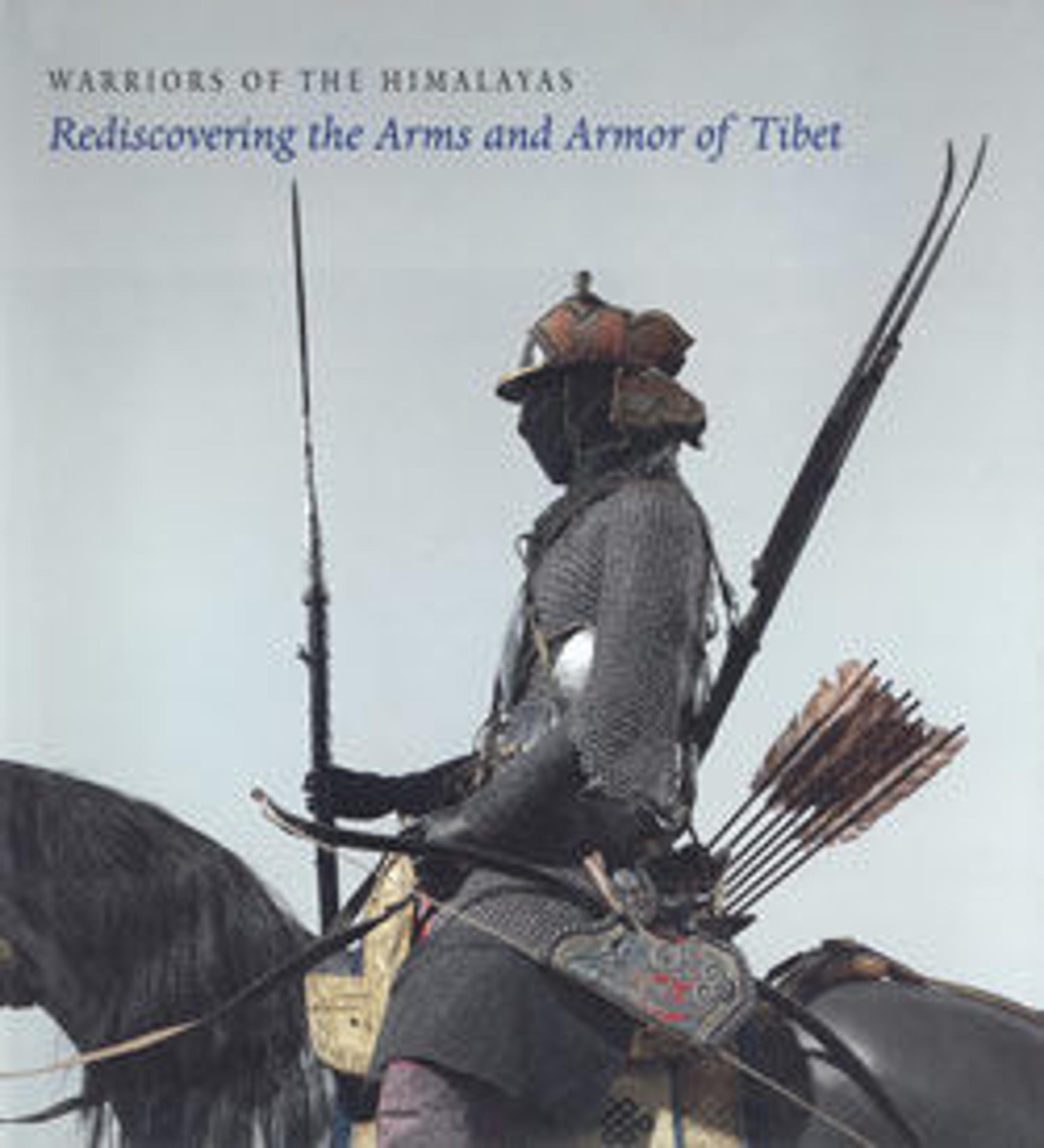Saddle (gser sga)
This saddle represents a particular form found in Tibet, one that is Chinese or strongly influenced by Chinese types. It belongs to a small group of closely related saddles that may stem from a single workshop or reflect a specific type developed in one region. Notable features are the lively dragons, chiseled free from the scrollwork ground, and the unusual decorative technique involving silver damascening of the entire surfaces of the saddle plates, with select design elements highlighted by mercury gilding over the silver. Also very distinctive is the use of three layers of decoration: the outer layer of pierced scrollwork with long tendrils deeply undercut to give an appearance of depth, a second layer forming a subsidiary ground underlying each saddle plate and consisting of an iron grill damascened in silver to create a stylized cloud pattern, and a layer of colored cloth directly on top of the wood of the saddle-tree.
Artwork Details
- Title: Saddle (gser sga)
- Date: 17th–18th century
- Culture: Eastern Tibetan or Chinese for the Tibetan market
- Medium: Iron, gold, silver, wood, leather, textile
- Dimensions: H. 10 3/4 in. (27.3 cm); L. 22 1/2 in. (57.2 cm); W. 11 3/4 in. (29.8 cm)
- Classification: Equestrian Equipment-Saddles
- Credit Line: Purchase, Rogers Fund and Bequest of Stephen V. Grancsay, by exchange, 1997
- Object Number: 1997.214.1
- Curatorial Department: Arms and Armor
More Artwork
Research Resources
The Met provides unparalleled resources for research and welcomes an international community of students and scholars. The Met's Open Access API is where creators and researchers can connect to the The Met collection. Open Access data and public domain images are available for unrestricted commercial and noncommercial use without permission or fee.
To request images under copyright and other restrictions, please use this Image Request form.
Feedback
We continue to research and examine historical and cultural context for objects in The Met collection. If you have comments or questions about this object record, please contact us using the form below. The Museum looks forward to receiving your comments.
